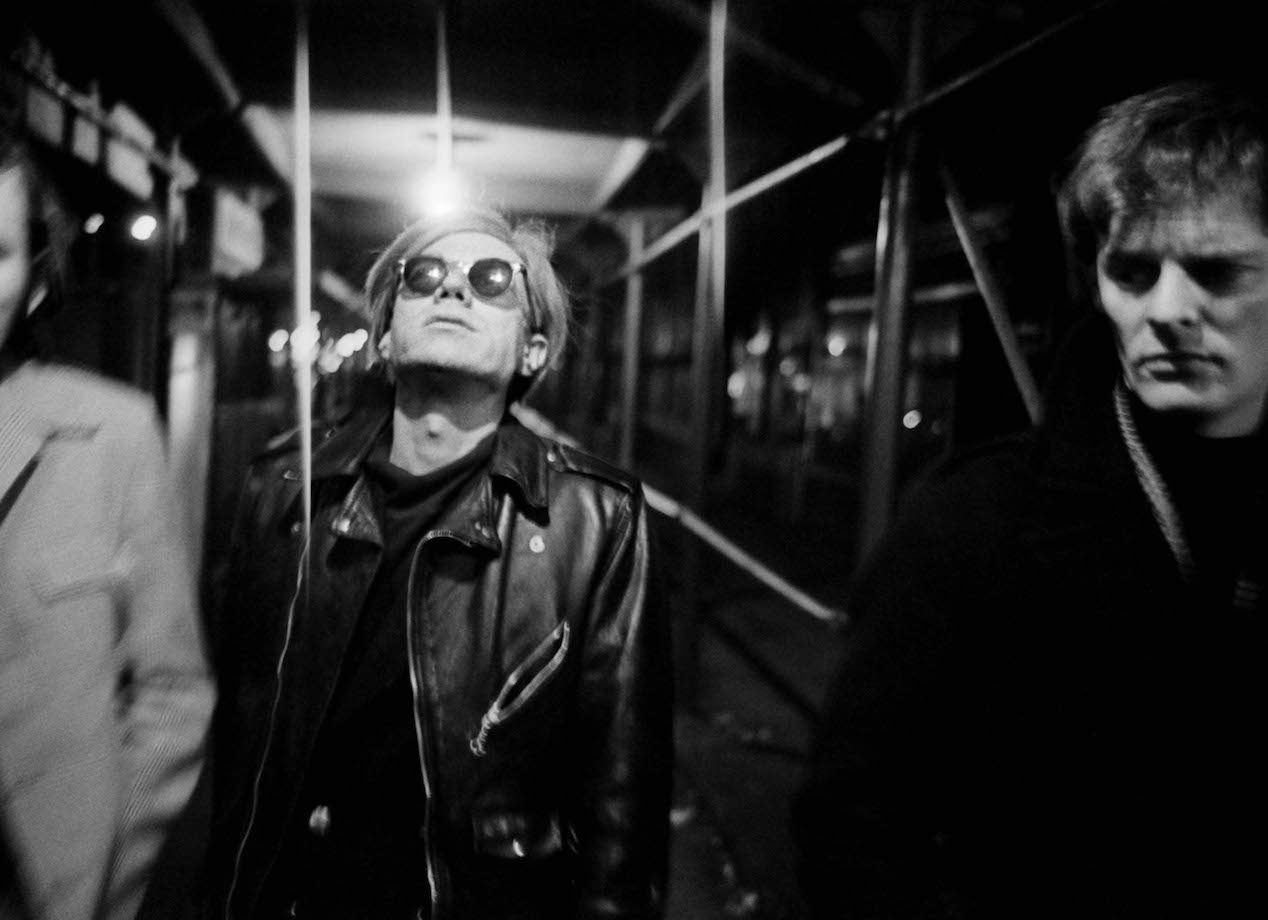Long before people were practicing the art of the selfie, recording their everyday lives or sitting glued to their TV screens watching the lives of others, there was Andy Warhol. The quintessential American artist who, decades ago, prophesied the trajectory of our society’s fascination with pop culture, has produced some of the most easily recognizable images. Most people have seen a Warhol—or an image inspired by one—and most have certainly heard his name uttered at least once in their lifetime.
Here are key takeaways from a discussion on Warhol’s legacy previously hosted at Sotheby’s Institute with Vincent Fremont, formerly the Vice President of Andy Warhol Enterprises and executive manager of the artist’s studio, and Sally King-Nero, Executive Editor of the artist’s catalog raisonné and Curator of Drawings and Photographs at the Andy Warhol Foundation, and Institute faculty Morgan Falconer.
Andy Warhol, the boss
Whether your reference is “Campbell’s Soup Cans” or the “Gold Marilyn Monroe,” his work is, without a doubt, iconic. And so is the man himself. Andy Warhol is just as famous for his wig-wearing, elusive persona, as much as for his artistic oeuvre. But was the outward persona he presented to the world the real Andy Warhol? Vincent Fremont, who started working for Warhol in 1971, gave his firsthand knowledge of what the famous artist was like as an employer. Contrary to the impression of chaos and disinterestedness that his image seemed to convey, Andy Warhol was in fact “very hands-on and very controlling in all that he did.” As Vincent recalls, Warhol was a naturally astute businessman and monitored everything that had to do with his studio, “down to the paperclips.” This was just as evident in the organization and planning that went into the studio practice. When Sally King-Nero joined the team after Warhol’s untimely death, there was already a catalog raisonné with detailed tracking of the artist’s work around the world. And despite Andy Warhol’s unexpected passing, the studio was ready—there was a will with a directive on how to proceed, locked in Vincent’s desk.
Andy Warhol, the business artist
This may be something we are all used to in the age of Jeff Koons and Damien Hirst, but the concept of the “business artist”—unapologetically commodifying artistic production—was something that Andy Warhol pioneered. The artist famously proclaimed, “business art is the step that comes after art…good business is the best art.” As Vincent shared, Warhol had “a big fear of never having any money, having come from a poor background.” Without a doubt, Andy Warhol was, first and foremost, an artist and an avid supporter of others’ creativity. But profit was nonetheless a driving force in many decisions that were made at the studio. A case in point: the increased production of portraits in the 70s. In order to fund the range of artistic activities coming out of Andy Warhol’s studio, Fred Hughes, the artist’s longtime manager, was tasked with the mission of bringing in socialites from around the world who were willing and able to pay the high price tag for an original portrait. Before long, the portraits became the “bread and butter” that was paying for all of the other ventures, including the TV shows and Warhol’s Interview Magazine.
Andy Warhol, the prophet
“In the future, everyone will be world-famous for 15 minutes.” The popular 1968 adage associated with Warhol couldn’t be more apropos in 2018. Thanks to the now chronic presence of social media and the Internet, everyone does indeed get their moment of fame as Warhol predicted. Long before there was the iPhone to aid in the fame-making and to capture every moment of every day, Andy Warhol was walking around with a tape recorder and his camera around his neck, doing exactly the same. And, as Stephan Pascher highlighted, the artist’s legacy of innovation was particularly important in his work as a filmmaker. Andy Warhol basically “invented reality TV,” Vincent recounts. His "Nothing Special" TV show covered everyday scenes from the street; his 5-hour long film, Sleep, showed footage of his partner John Giorno sleeping in his bed. One only needs to spend a few minutes flipping through today’s TV channels to see that Andy Warhol was undeniably a visionary, foreshadowing what was to come.
Andy Warhol, the hoarder
As the photographs from the 1988 Sotheby’s sale of his collection document, Andy Warhol was a collector who could easily be considered a hoarder by the standard of today’s world. He amassed an overwhelming collection of objects, piled up in his Manhattan townhouse. As Vincent recalls, there were rooms you couldn’t even get into and the dining room was essentially “a fancy warehouse.” But they weren’t all valuables. When the 610 “Time Capsules” were opened—boxes packed and sealed by Warhol in the 70s with items from his collection and life—a rather interesting mix was found inside. Some notable examples include the silverware from the Concorde and SAS airline uniforms. And some unopened studio bills, too.
Written by Alina Girshovich
Featured image: Rod LaRod, Andy Warhol, Paul Morrissey, 1965. Photo by Stephen Shore.
